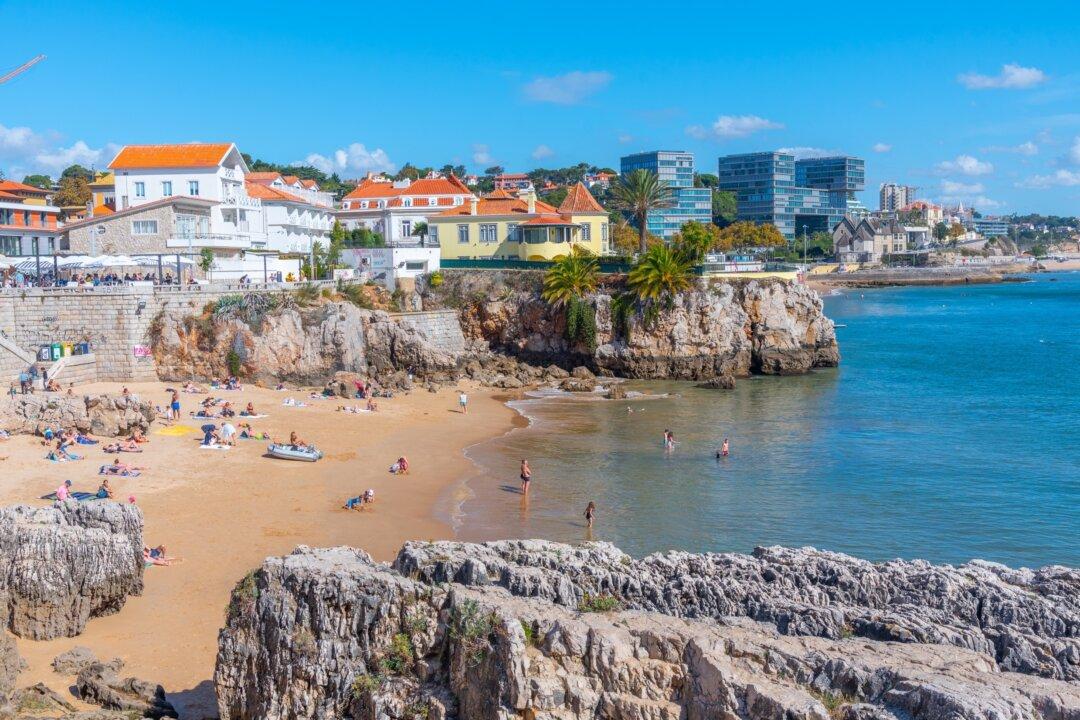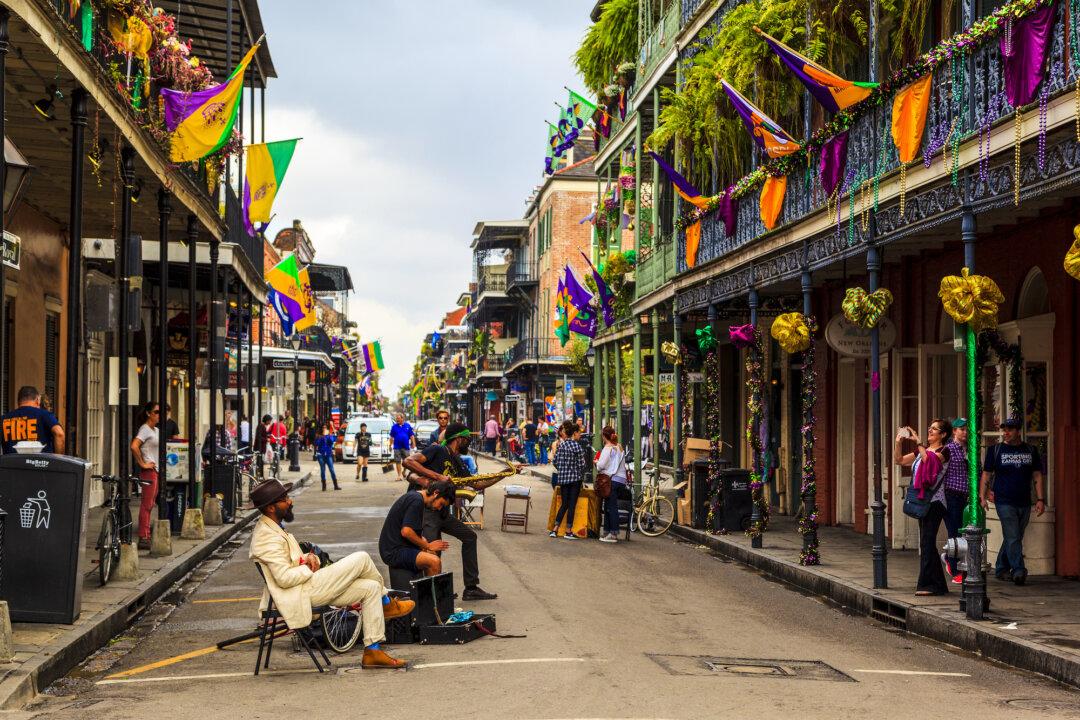There are few cities in the world more challenging to navigate than Istanbul. More than 15 million people spread across two continents. Traffic so jammed, it can take a whole hour to drive just a mile. A serviceable metro system. Trams and buses running in all directions. More yellow taxis than you can count, driving as fast as they can, all over town.
And then, there are the ferries. Istanbul is divided into two by the Bosporus, a wide, dynamic waterway connecting the Black Sea and the Sea of Marmara and separating Europe from Asia. At every hour of the day and all through the night, this mighty waterway buzzes with activity. Tour boats with the top decks full of visitors snapping photos. Coast guard boats with flashing lights. Big freighters weighed low with a heavy load, steaming for the sea. And above all, yes, the ferries.
Every day, these hardworking boats transport millions of people, keeping Istanbul in motion. Up and down and across the Bosporus, over to the Golden Horn, and beyond. A dizzying array of routes, literally dozens of stations. And even for a veteran visitor like me, finding the right route can be, in a word, confusing.
Especially when you’re in a rush. Arriving at a busy little station on the European side, I only had five minutes to spare. Fortunately, it appeared that the boat was there, with a flow of passengers still walking up the ramp and onto the bow. I scanned my transit card, beeped through the turnstile, and was about to climb aboard when I double-checked with a worker whether this was the ferry headed to Istinye.
Nope. This particular station had five different places to catch different boats. No color-coded system, no number designations or lines. Just red LED signs screaming the destinations to which each ferry was headed. I tried another, with a thick knot of passengers in front of me, and checked the direction of the vessel with one of them. Also wrong.
Navigating Public Transit
It’s always a traveler’s dilemma when deciding how to navigate a given destination. Do you take the comfort of booking a car or hopping into an Uber, rolling around town with the air conditioning on and the convenience of getting dropped right at the door? Or do you save a few bucks and hop on the bus (or tram, or subway)?But there are a whole bunch of benefits to the latter. Riding public transit, you’re together with the people, joining them in their daily routines. Where are they going? What are they doing? What are they reading while they rumble to work on the subway? I’ve even had some excellent conversations, about real life in a given city, in those uncomfortable plastic seats. It’s a genuine way to feel the heartbeat of a city.
And sometimes, the systems themselves are a wonder, an attraction in themselves. New York’s subway network has 36 lines and 472 stations, plus the Roosevelt Island Tramway and the Staten Island Ferry, rolling past the toes of Lady Liberty.


The high-altitude chairlifts in La Paz, spiriting commuters over whole neighborhoods in Bolivia’s capital. Star Ferries in Hong Kong’s Victoria Harbour, the U-Bahn and S-Bahn in Berlin, the SkyTrain zooming over rush hour traffic in Bangkok.
And of course, Tokyo. Here, commuters take billions of rides every year on the world’s most extensive urban rail network. And I love every part of it. The chimes that ring out at the stations, bringing back memories of the Nintendo games of my youth. The feeling of being spirited over city streets lit up in neon on the JR lines, like riding a train into the future.
And the little cultural lessons, all along the way: the emphasis placed on the precision-timing of the trains, and the tidy, efficient, single-file queues to board. And the fact that talking on your phone, or eating food while riding are always met with the dirtiest side-eye looks people here can muster. (I found out the hard way, but learned quickly.)
Plus, connections with the people who, time after time, helped me navigate this challenging and fascinating transit system. Even, once, a very stern looking police officer. Making a tricky transfer between a JR train and the metro, I got turned around at the massive, always-busy Tokyo Station. I was late for an appointment, and in a rush. I asked the tall, uniformed man, and he nodded once. I expected him to tell me to leave him alone, and walk away.
Instead, he fished around behind his bulletproof vest. And, to my surprise, pulled out a series of colorful, laminated cards. On them were displayed maps of the area. Spreading them out, he quickly showed me the correct route.
Tips for a Great Ride
- Always have a little cash in your pocket. While many transit systems accept credit cards, it’s frequently helpful to keep a few bucks on hand, just in case.
- If in doubt, ask the people around you at the bus stop (or train platform, or ferry dock). They’re the ones who ride this route every day and know which line you should take. (I’ve also had had many lovely people take it upon themselves to deliver me to the destination, talking me through the route and making sure I got off at the right stop.)
- Always look into a multi-ride pass. It’s always a hassle to buy a new ticket, and some passes are also bundled with museum discounts and other advantages.
- Have a backup plan. Sometimes a subway line is closed for maintenance or the buses are blocked by a parade. You may need to find another way to get where you’re going.
- Enjoy the ride. Some forms of public transit (especially trains) can take you to parts of a city you couldn’t otherwise access or provide views you wouldn’t see from the road. I always try to put my phone in my pocket and just relax and look out the window.





